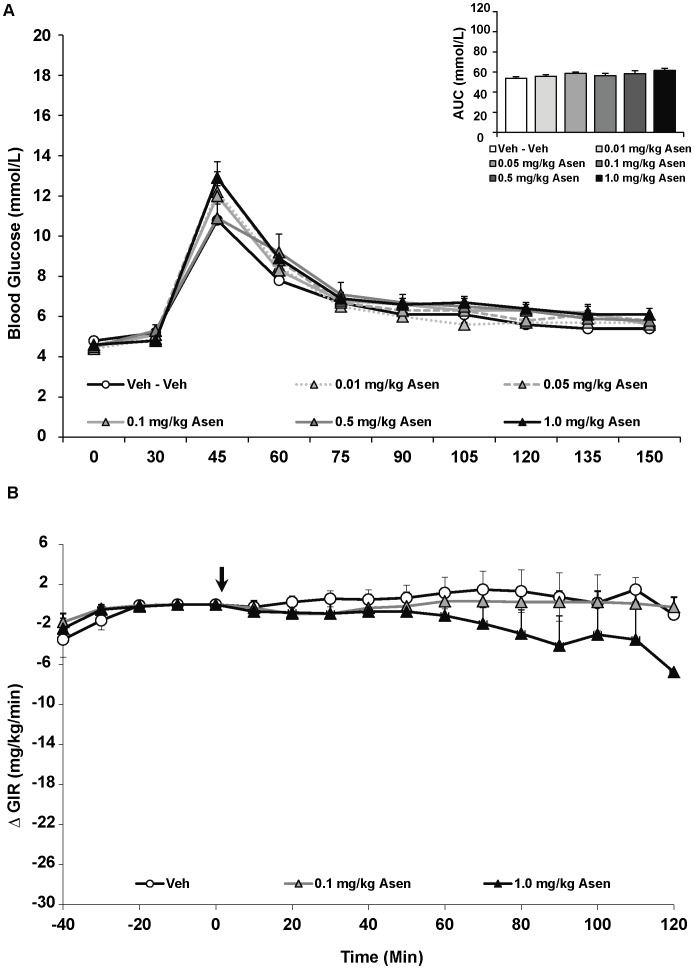Figure 2. Acute effects of the antipsychotic drug asenapine on glucose levels in adult female rats.
(A) Animals (n = 8–10 per group) received a single injection of vehicle or asenapine (0.01, 0.05, 0.1, 0.5, 1 mg/kg, s.c). Glucose levels were recorded prior to drug treatment in overnight-fasted rats at Time 0, and then 30 minutes following drug administration (x-axis). Immediately following this glucose measurement, all rats were subjected to a glucose tolerance test by receiving an intraperitoneal challenge injection of 1 mg/ml/kg of glucose, and blood glucose levels were measured every 15 minutes for the next two hours. Total cumulative glucose levels for each treatment group are summed as the “area under the curve” during the glucose tolerance test by graph inset (top right). Values represent group means ± SEM. (B) A separate cohort of animals (n = 6–8 per group) were fasted overnight and subjected to the hyperinsulinemic-euglycemic clamp. After animals reached euglycemia (three consecutive blood glucose readings of 6.0±0.4 mmol/L), rats were treated with vehicle, low (0.1 mg/kg) or high dose (1.0 mg/kg) asenapine (arrow at t = 0 min). Glucose levels were recorded every 10 minutes and the glucose infusion rate was adjusted as needed. Glucose infusion rates for each treatment group are presented as change in glucose infusion rate from euglycemia. Values represent group means ± SEM.

